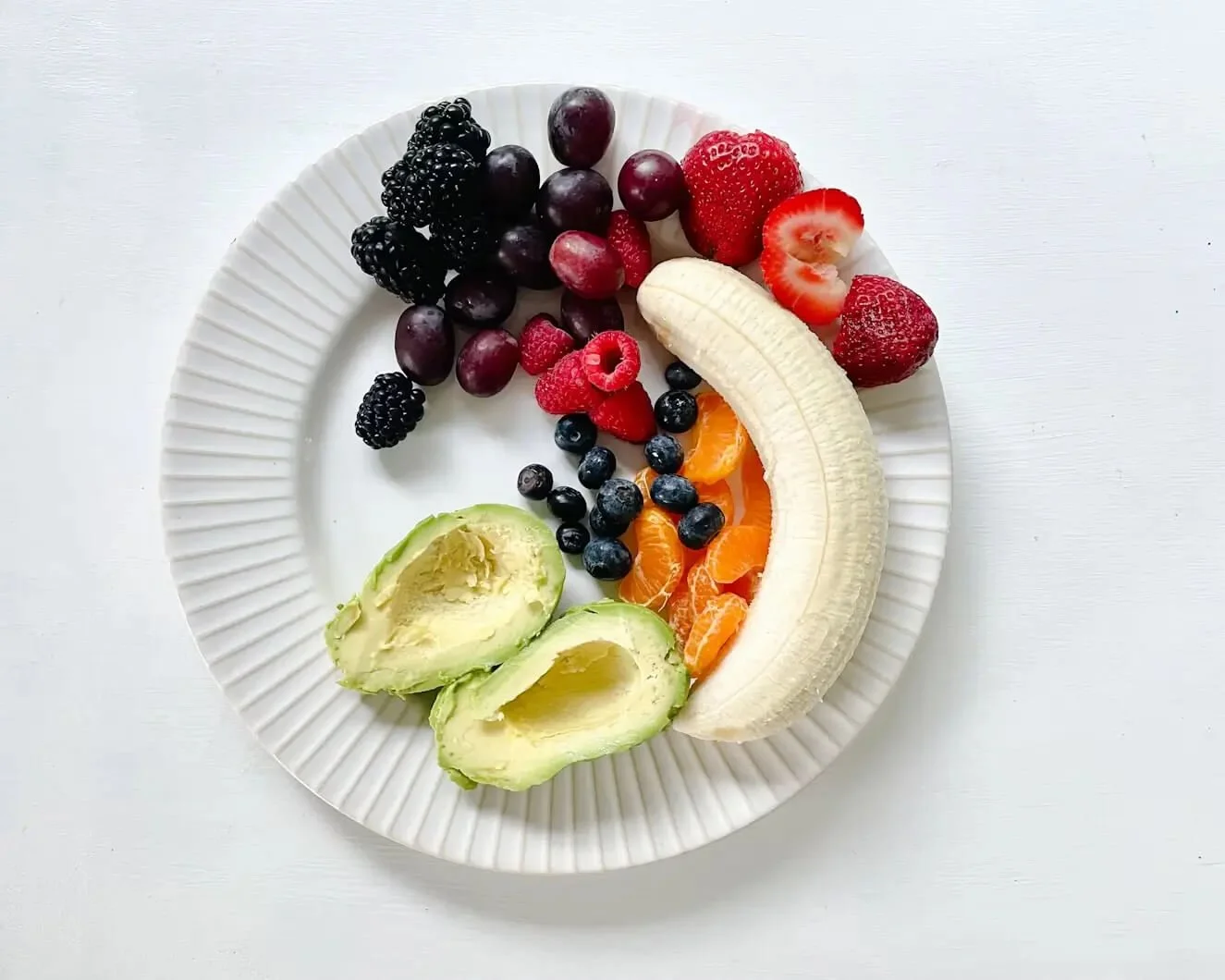How to Lose Weight With PCOS: Backed by Science & Hormone-Smart Tips
If you're living with Polycystic Ovary Syndrome (PCOS) and struggling to lose weight, you're not alone—and you're not doing anything wrong. Hormonal imbalance, insulin resistance, and inflammation make fat loss more complicated than simply “eat less, move more.”
This guide shares science-backed steps to lose weight with PCOS without crash dieting or extreme restrictions. You’ll also find links to trusted meal plans, supplements, and downloadable resources to support your journey.
New here? Explore the PCOS Blog for nutrition tips, recipes, and supplements. Popular reads include Easy PCOS Dinner Recipes and the PCOS Snack Guide.
Why PCOS Makes Weight Loss Harder
Insulin Resistance
Up to 80% of women with PCOS experience insulin resistance, which makes the body store fat more easily and burn it less efficiently.
How to help:
Center meals around protein, fiber, and healthy fats
Avoid high-sugar snacks and beverages
Focus on slow-digesting carbs like lentils, oats, and sweet potatoes
Learn more from the CDC on insulin resistance.
Elevated Androgens
Women with PCOS often have higher levels of testosterone, which contributes to:
Increased abdominal fat
Irregular periods
Slower muscle building
Research shows that resistance training helps lower androgen levels while improving body composition. PubMed Study
Chronic Inflammation
Low-grade inflammation is another factor. It increases cortisol and insulin, disrupts metabolism, and promotes fat storage.
Support your body by including:
Omega-3 rich fish like salmon or sardines
Olive oil and nuts
Berries, leafy greens, and turmeric
See the full PCOS Nutrition Guide.
Seven Steps to Lose Weight with PCOS
1. Build Balanced Plates with Protein + Fiber
Aim for:
25–30 grams of protein per meal
8–10 grams of fiber per meal
Examples:
Eggs with sautéed greens and avocado
Grilled chicken with lentils and roasted vegetables
Tofu stir-fry with brown rice and broccoli
2. Create a Gentle Calorie Deficit
Drastically slashing calories can harm your metabolism and worsen hormone balance.
Instead:
Reduce daily intake by 250–400 calories
Track eating patterns for one week
Avoid skipping meals
3. Strength Train 3–4 Times Per Week
Strength training improves insulin sensitivity, builds lean muscle, and increases metabolic rate.
Start with:
Squats
Rows
Presses
Deadlifts
Add walking or low-impact cardio to support recovery and stress management.
Want a personalized plan? Visit the Nutrition Services Page.
4. Time Carbs Around Workouts
Eat most of your carbohydrates:
1–2 hours before a workout
Within 2 hours after for recovery
Great options:
Quinoa and chicken post-workout
Oats and berries pre-workout
Limit high-carb meals late at night to support overnight fat burning.
5. Focus on Anti-Inflammatory Fats
Healthy fats to include:
Extra-virgin olive oil
Avocados
Chia and flax seeds
Wild salmon
Limit processed seed oils like soybean and corn oil.
Try practitioner-grade options from Thorne Supplements.
6. Improve Sleep and Manage Stress
Sleep and stress control are essential for hormone regulation.
Aim for:
7–9 hours of restful sleep
No caffeine after 2 PM
Daily breathwork, journaling, or mindfulness
7. Consider Evidence-Based Supplements
Top PCOS-friendly supplements include:
Myo-inositol & D-chiro-inositol: Improves insulin sensitivity
Magnesium glycinate: Supports blood sugar and sleep
Omega-3s: Reduces inflammation
Explore my Amazon supplement storefront or shop Thorne vitamins directly.
Note: Always consult a healthcare provider before starting any supplement routine.
Looking for a structured way to support hormone health, reduce inflammation, or manage PCOS through nutrition?
I’ve created a set of free tools to help you:
Plan balanced, protein-rich meals without stress
Grocery shop smarter with dietitian-approved food lists
Make easy, hormone-supporting food swaps
Download your free Meal Planner + Grocery List now to start eating in alignment with your goals.
One-Day PCOS Meal Plan Example
Breakfast:
Veggie omelet with 2 eggs, spinach, feta + ½ cup berries
Lunch:
Grilled salmon (4 oz) + ¾ cup quinoa + roasted broccoli + olive oil drizzle
Snack:
¾ cup cottage cheese + 1 tbsp pumpkin seeds
Dinner:
Ground turkey lettuce wraps + side salad with vinaigrette
What to Do If Progress Stalls
Check these 5 areas if you're doing "everything right" and not seeing results:
Hidden sugars or oils in sauces/snacks
Inconsistent protein intake
Lack of workout progression
Chronic under-sleeping (< 6 hours)
Outdated labs (fasting insulin, thyroid, vitamin D)
If you need individualized support, book Nutrition Counseling with a Dietitian Nutritionist.
PCOS Weight Loss Is Possible
Prioritize protein, fiber, and healthy fats
Strength train 3–4 times per week
Manage sleep, stress, and inflammation
Focus on progress over perfection
Next Steps for Your PCOS Journey:
Learn more about the best foods for PCOS in the following blog posts:
Explore my in-depth PCOS guides & tools:
Supplement wisely:
Learn about my recommended PCOS Supplements
Try Thorne vitamins for high-quality, research-backed nutrition support.
Browse my Amazon PCOS Essentials List
Work 1:1 with a Dietitian Nutritionist: Book a Nutrition Counseling Session to get a personalized plan and ongoing guidance. Insurance accepted.


